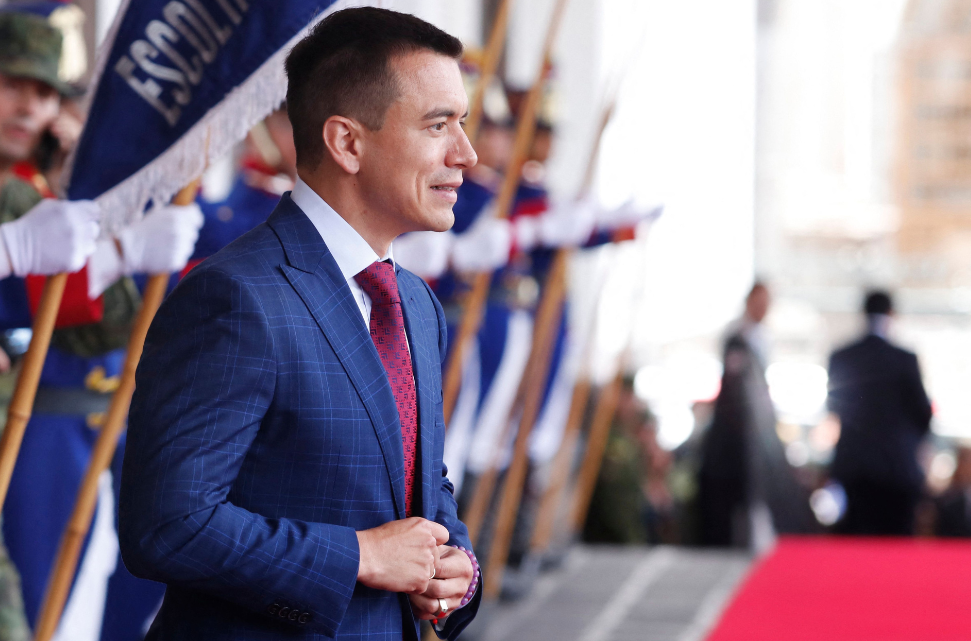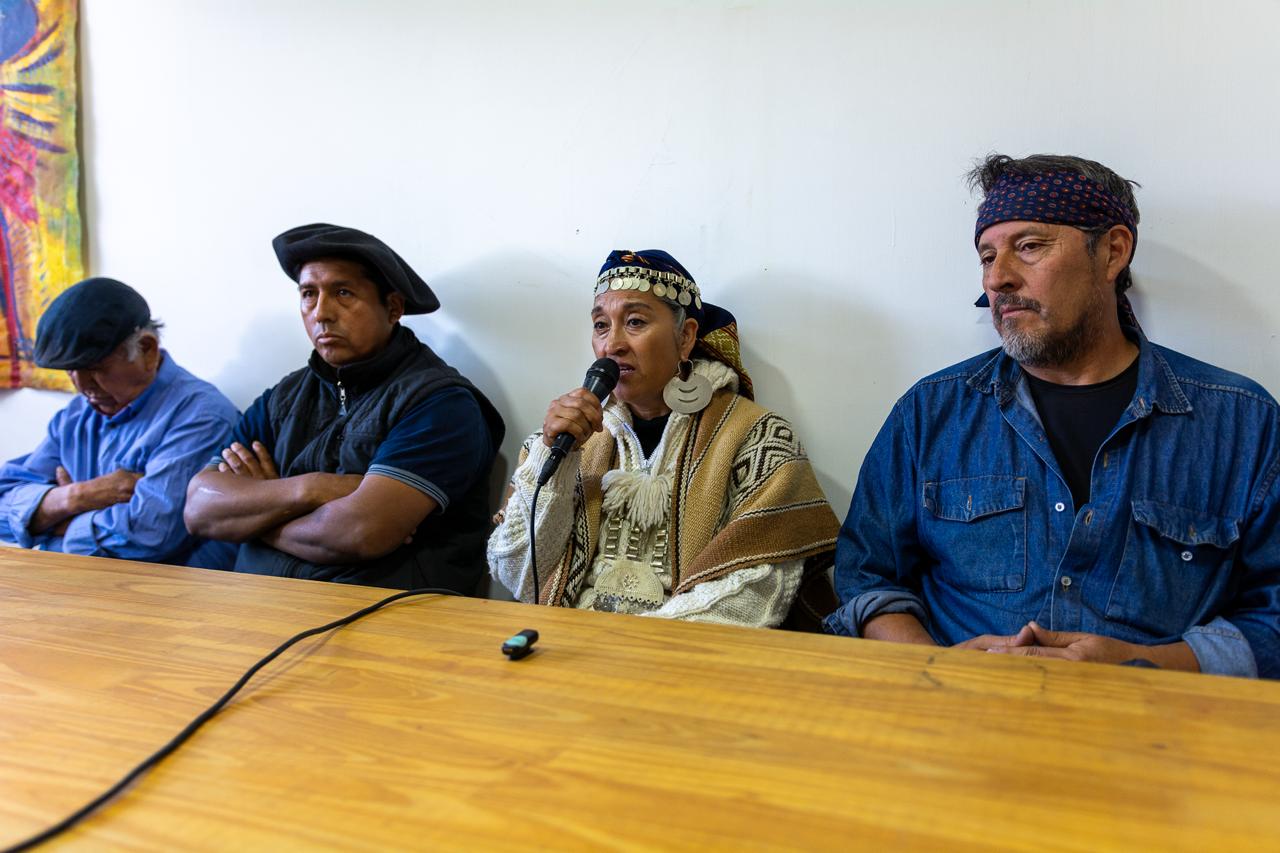It’s probable that the political and economic integration of South America will still be a distant dream after 11 presidents and one vice president representing the nations of South America signed the Constituent Treaty of the Union of South American Nations (UNASUR) on May 23rd in Brasilia. The potential of the organization lies in its 400 million inhabitants, in its being one of the largest freshwater reserves on the planet, in having the Amazon which regulates global ecological equilibrium, and in its oil and gas reserves for the next 100 years, not to mention its enormous biodiversity.
UNASUR’s objective is to create in a participatory and consensual manner an open space for integration and unity in the cultural, social, economic, and political affairs of its people. It grants priority to political dialogue, social policies, education, energy, infrastructure, financing, and the environment among others. It also focuses on eliminating socioeconomic inequality, achieving social inclusion and citizen participation, strengthening democracy, and reducing asymmetries in the strengthening of each nation’s sovereignty and independence.
The objectives are laudable. Nevertheless, there are more than a few difficulties in creating UNASUR. Some of these difficulties include the weight of ideological alliances and placing geopolitical national projects over regional interests. Political differences between South American leaders—including sectors from within in favor of the creation of an autonomous regional block—about types of development, integration models, and options of international insertion that place ideology before unity and convergence are some more examples of these differences.
Unlike the first summit of the South American Community of Nations (CSN), UNASUR was not conceived as the union or convergence of the two sub-regional integration blocks: CAN (Andean Community of Nations) and MERCOSUR (Southern Common Market). Representatives of these organisms were not invited to the UNASUR summit. Instead, during the first summit of presidents of the CSN that took place in Brasilia in July of 2000, the presidents defined their primary objective of reaching an agreement of free trade between MERCOSUR and CAN nations as "the backbone of South America as an open space." The idea was to "strengthen the South American negotiating capacity in other processes of negotiation, particularly the ALCA (Free Trade Area of the Americas)" under the supposition that an economically integrated South America would reduce the costs of liberalization with the United States, Europe, and Asia.
These ideas were soon tarnished by the "practical" policy of the governments. A short time after the Brasilia Summit, Chile re-initiated negotiations for a free trade agreement with the United States. At the end of one year, in June of 2001, negotiations between MERCOSUR and the United States resumed outside of the Free Trade Area of the Americas within the denominated Rose Garden agreement signed by the United States and the other four countries of MERCOSUR in 1991. Argentina and Uruguay pressured their partners to activate the aforementioned agreement—which Brazil uncomfortably accepted—to advance said negotiations.
MERCOSUR’s proposition did not prosper because of the complex political and economic circumstances in the Southern Cone which were accented by the explosion of the Argentine crisis in December of 2001. With that setting, the second summit of South American presidents that took place in Guayaquil in July of 2002 was less ambitious than the first, and there was talk of advancing toward "United South American States."
The changes of government in Argentina after the fall of de la Rúa determined a shift in the geopolitics of the region. The country folded more to the traditional Brazilian position, and found similarities with the Venezuelan government. Now removed from their Andean partners and their strategy to insert themselves internationally, particularly with regard to the negotiations that three nations of the Andean Community (CAN) were having with the United States to reach a free trade agreement, Venezuela found itself more tied to MERCOSUR.
In these instances, after the free trade agreement between the Andean Community and MERCOSUR was made official on October 18, 2004, the third presidential summit of South America took place in Cusco, where the South American Community of Nations was created.
Unlike other South American summits, the commercial aspect occupies a less relevant space in UNASUR’s agenda. The fact that President Lula has said that it is not about trying to form a customs union but that it is about an inter-governmental and not supranational organism are signs of that.
UNASUR’s constitution has not been conflict-free. Ecuador has stated that it will provide a political space to the secretary general, because it considers that "it needs true leadership, an important capacity to execute with a relatively direct line with the presidents."
UNASUR is fundamentally projected as a political project and the Council on Military Defense proposed by Brazil has a relevant role. The creation of the Council on Military Defense, in which the vigilance of the Amazon would be a top priority, was presented by Brazil some months ago. Brazil’s minister of Defense, Nelson Jobim, visited various South American countries to explain this initiative. For the same reason, he also visited Washington.
The Council, as Brazil conceives it, does not entail a conventional military alliance, like the North Atlantic Treaty Organization (NATO), but rather a forum to promote dialogue among the Defense ministers in the region. The proposal is to create an integration mechanism that allows discussion of realities and necessities of defense of South American nations, to reduce conflict and mistrust, and to form the bases for the future formulation of a common policy in this area. President Uribe added that he does not support the initiative and will not include it (although he will participate in the work group for its creation), but President Lula feels that after his visit to Bogotá in July, he’ll accept it.
As an expression of willingness to allow this geopolitical space to grow, one of its articles signals that after the fifth year of abidance by the Constitutional Treaty, all countries in Latin America and the Caribbean will have the right to ask for entry to UNASUR, by which the organization would thus acquire the dimension of a hemispheric block with strategic value in political, economic, and even military affairs.
Thus, it is worth asking if it is possible that UNASUR may be the genesis of Latin American and Caribbean integration. Will Central Americans, Mexico, and Caribbean residents see eye to eye? Is this the best route, forming a regional integration before a hemispheric integration?
In general, it is worth asking? How do we tackle the question of asymmetries between regions and the resources for those that control them? How can we combine integration and development when there are such differing points of view regarding both of those issues? What does the challenge consist of, and how do we operate the challenge of cultural and social interconnection when barriers still exist that until now integration processes have not resolved? How do we keep the challenge of geographic, physical, and energy-related interconnection as a binational or sub-regional business and avoid the challenge of integration being relaunched and placing social issues at the forefront?
According to the declaration, citizen participation is the backbone of this purpose of unity, and for it to work corresponding channels of effective interaction must be created. They must be transparent and plural among the social actors that make up the different aspects of UNASUR. But if this has not functioned at a sub-regional level with smaller integration schemes in spite of disposing of certain mechanisms of citizen participation, how can we be sure that it will work in UNASUR?
UNASUR is an important political statement whose only chance of growing is if the population and political leaders take on a South American identity and act in accordance with that. Exercising citizenship as a South American could be a means of preventing and stopping partnering governments from signing international treaties with industrial powers that put at risk regional autonomy and sovereignty. Such potential at-risk issues could be biodiversity, culture, or education. Therefore, the construction and strengthening of this identity in the collective hearts and minds of the constituents is potentially the greatest challenge.



